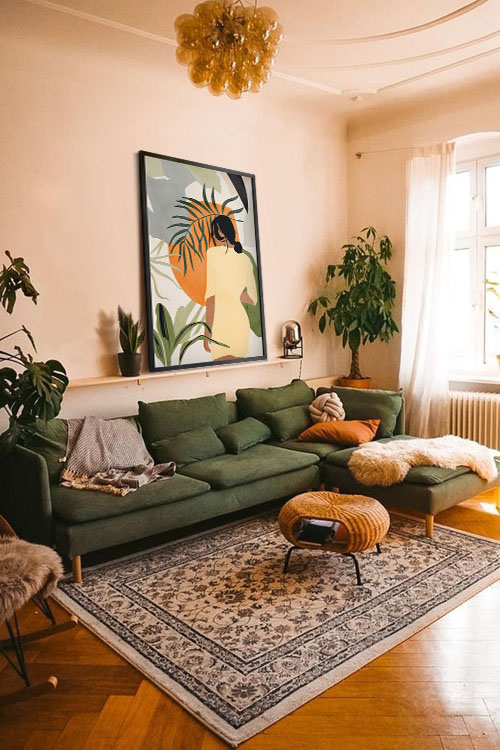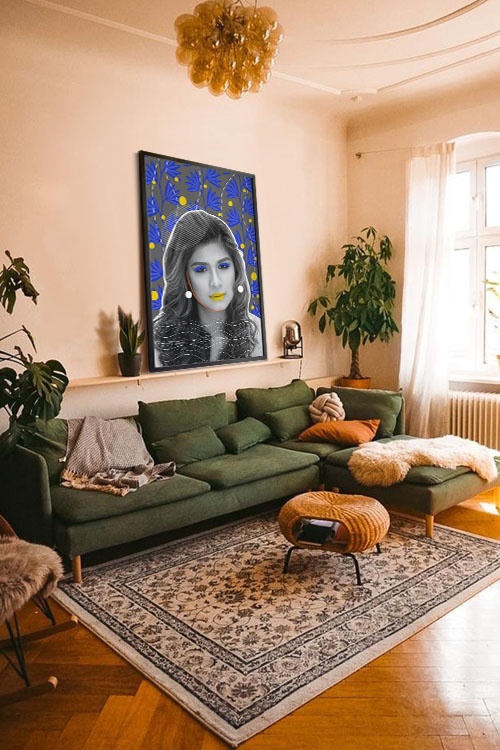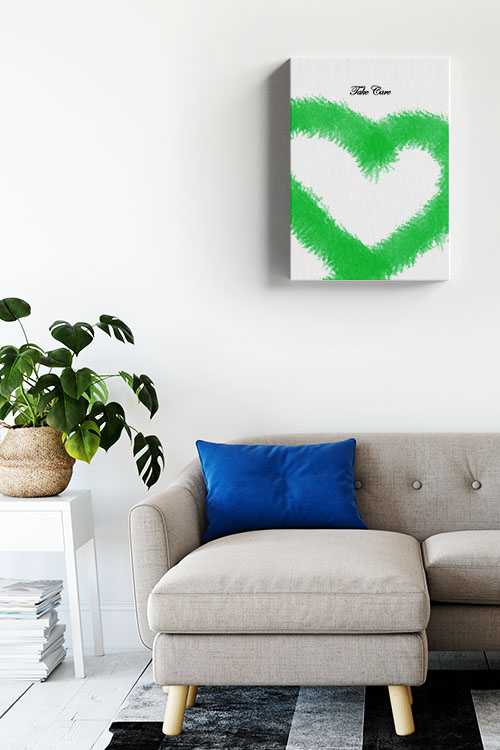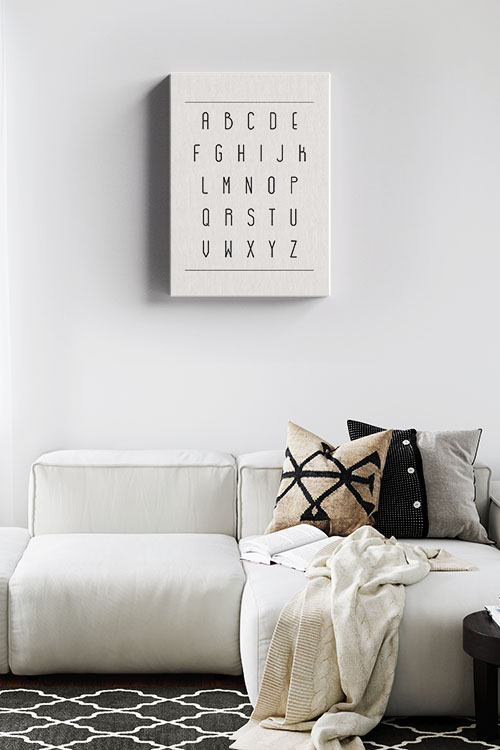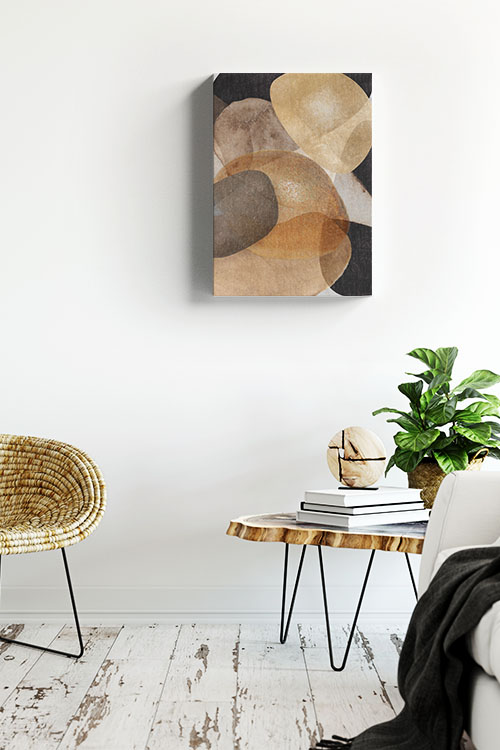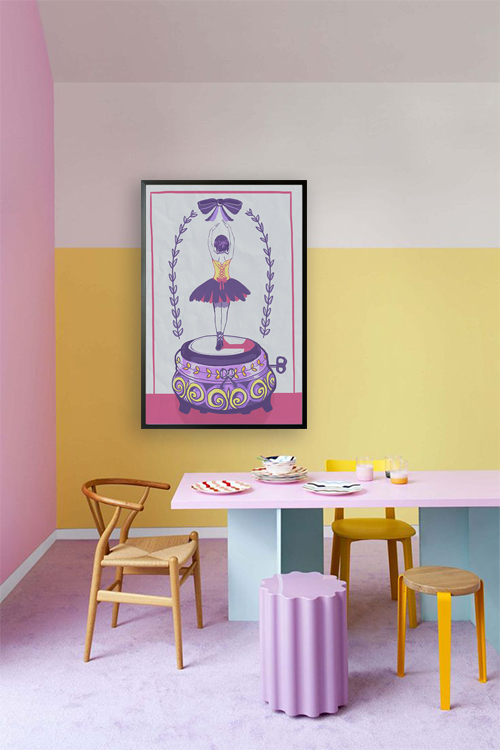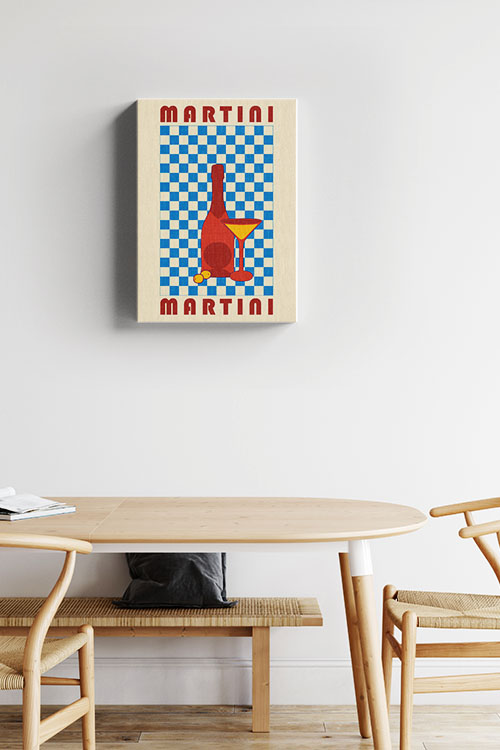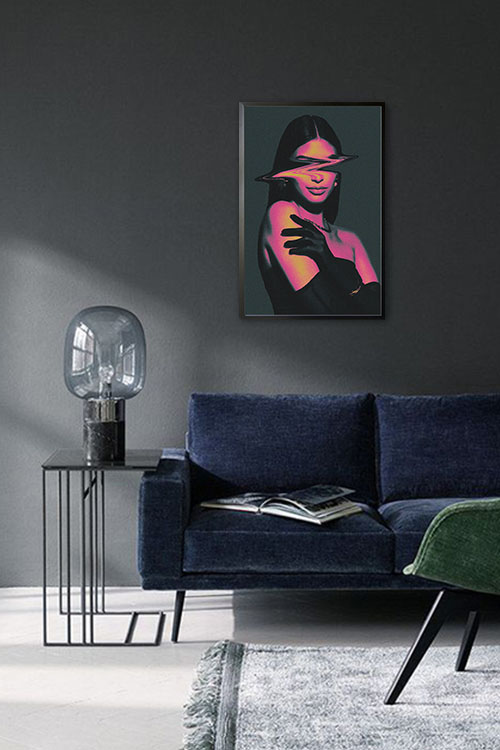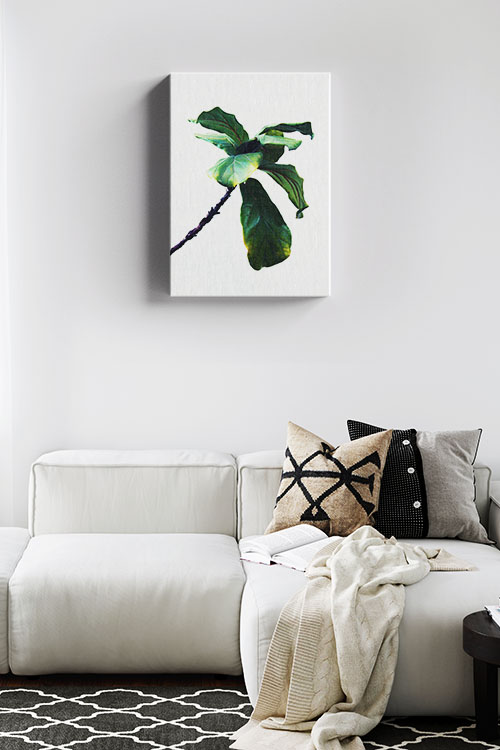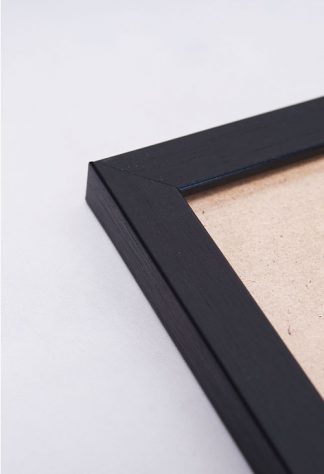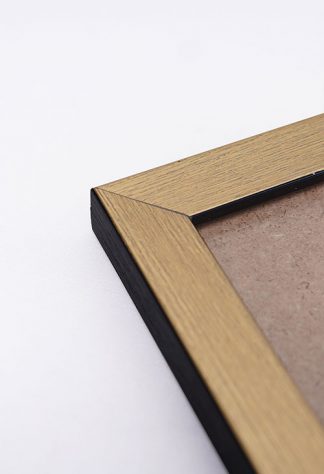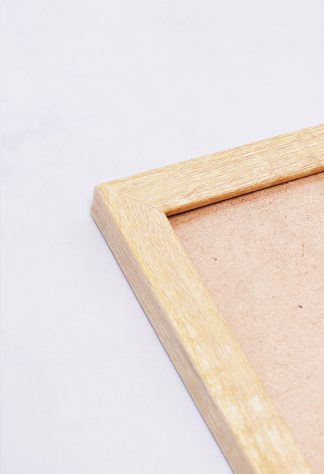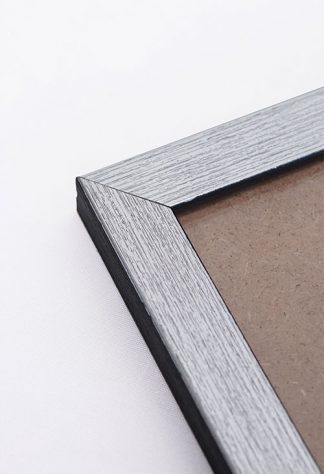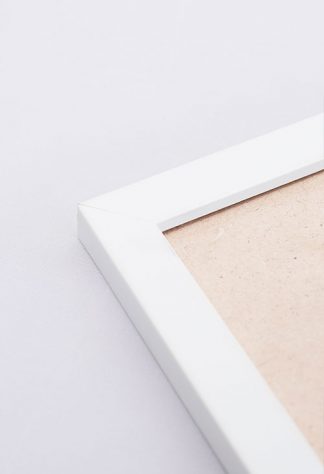
Your home should reflect your unique personality and style. It’s more than just a place to live; it’s a sanctuary where you can relax, entertain, and express yourself. Here’s how to transform your house into a personalized haven.
Start with a Strong Foundation
Before you begin decorating, consider the overall atmosphere you want to create. Is it cozy, inviting, modern, sleek, or eclectic and bohemian? Having a clear vision will guide your design choices.
Unleash Your Creativity Through Color
Color is a powerful tool for personalization. It can evoke emotions, create ambiance, and transform a space. Feel free to experiment with different hues. Whether you prefer a neutral palette or bold accents, make sure the colors resonate with you.
Showcase Your Personality with Art
Art is a fantastic way to express your individuality. Choose pieces that speak to you, whether a vibrant abstract painting, a black and white photography print, or a collection of framed family photos. Consider creating a gallery wall to showcase your artistic flair.
Embrace Your Collections
Are you passionate about vintage records, antique teacups, or quirky figurines? Let your collections take center stage. Display them in a way that highlights their beauty and tells your story, whether it’s a curated shelf or a glass-fronted cabinet.
Add Personal Touches
Incorporate items that hold sentimental value into your decor. A handcrafted quilt, a souvenir from your travels, or a piece of inherited furniture can infuse your home with warmth and character. These personal touches create a space that feels truly yours.
Create a Cozy Reading Nook
A dedicated reading nook is a perfect spot to escape and unwind. Choose a comfortable chair, soft blankets, and ample natural light. To complete the ambiance, add a bookshelf filled with your favorite reads.
Transform Your Outdoor Space
Remember your outdoor area! Add comfortable seating, lush plants, and string lights to create an inviting space for relaxation and entertaining. A personal touch, like a custom-made planter or a unique outdoor rug, can elevate your oasis.
Make It Functional and Comfortable
While personal style is essential, don’t sacrifice functionality and comfort. Ensure your home is practical for your daily life. Consider your family’s needs and how you use different spaces. A well-designed home is both beautiful and functional.
Remember, personalization is a journey, not a destination. Your home should evolve as your tastes and lifestyle change. Don’t be afraid to experiment and have fun with it. The most important thing is to create a space that reflects your true self.
